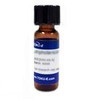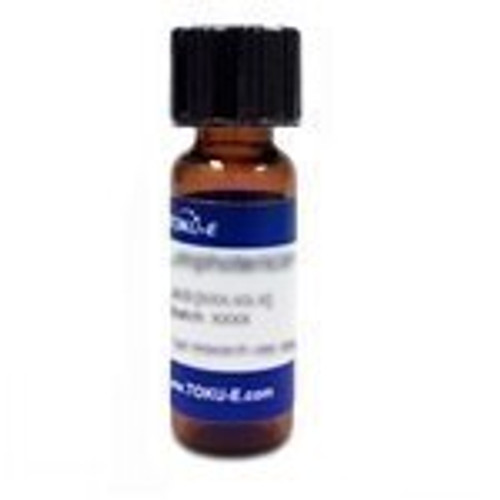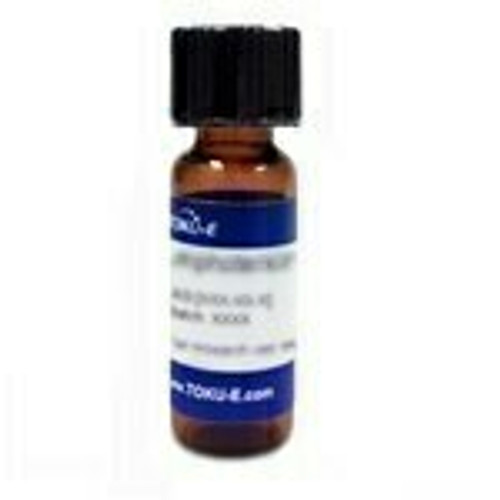Byssochlamic Acid is a nonadride mycotoxin first isolated from Byssochlamiys fulva by Raistrick and Smith at the Univeristy of London, UK in 1933. Byssochlamic Acid is closely related to the mycotoxins rubratoxin B, produced by Penicillium rubrum, and glaucanic acid, isolated from P. glaucum. The reported pharmacology of Byssochlamic Acid is limited to antitumor and phytotoxic activity.
| Molecular Formula | C18H20O6 |
| References | Burnside JE et al (1957) A disease of swine and cattle caused by eating moldy corn. II. Experimental production with pure cultures of molds. Amer. J. Vet. Res. 18:817 Hamor TA et al (1962) The structure of byssochlamic acid. Hamor T.A. et al., Experientia 43:352 Meyer H and Rehm HJ (1969) Germination-inhibiting and fermentation-inhibiting effects of byssochlamic acid. Naturwissenschaften 56:563 Raistrick H and Smith G (1933) The biochemistry of microorganisms. XXXV. The metabolic products of Byssochlamys fulva Olliver and Smith. Biochem. J. 27:1814 Szwalbe AJ et al (2015) Novel nonadride, heptadride and maleic acid metabolites from the byssochlamic acid producer Byssochlamys fulva IMI 40021 – an insight into the biosynthesis of maleidrides. Chem. Commun. 51:17088 |







